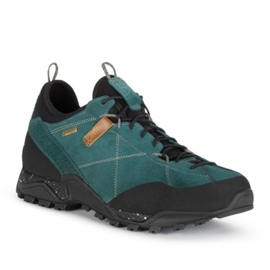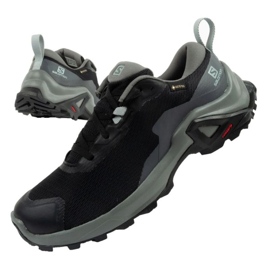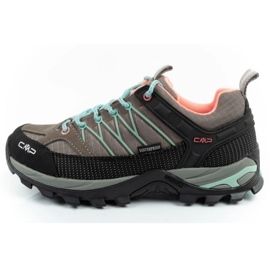Synthetics low sports trekking shoes - convenience and strength at every step
Introduction to low -sports trekking shoes from synthetics
Low sports trekking shoes made of synthetic materials are the perfect solution for people actively spending time outdoors. Their lightness, durability and breathability make them a great choice for short trips and more demanding trips. In this article, we will discuss the most important features of these shoes, their advantages and factors that are worth paying attention to when buying.
Synthetic material - lightness and strength
Shoes made of synthetic materials are characterized by high resistance to abrasions and weather conditions. They are lighter than traditional leather models, which significantly affects the comfort of wearing, especially during longer wandering. Quick drying is closely related to this, which is important during rain or extreme weather conditions. Synthetics also ensure good air permeability, which minimizes the risk of overheating your feet.
Design and execution - functionality and aesthetics
Low trekking shoes from synthetic are available in different styles and colors, which allows you to match individual preferences. Despite their sporty character, many manufacturers offer models with an aesthetic finish that will be great on the trail and in everyday situations. It is crucial for the shoes to have solid seams and reinforcements in places exposed to damage, which ensures their long -term use.
Sole - support and adhesion
The right sole is the foundation of good trekking footwear. Synthetics low models are usually equipped with flexible, but at the same time permanent rubber soles that provide good adhesion on various surfaces. The anti -slip properties of the soles significantly increase safety during climbing, downhill rides and navigating slippery or stony trails.
Construction and matching - comfort of use
To ensure adequate comfort, synthetic trekking shoes should adapt well to the shape of the foot. It is worth paying attention to the lacing system so that you can precisely regulate tightness. In addition, the inserts should be cushioning and well ventilating, which prevents the muscles of the feet and chafing prevents tiredness. Low models also give more freedom of cube movement, which is beneficial during dynamic stairs or steep climbing.
Water resistance and protection against weather conditions
Although synthetics are usually quick -drying, not all models immediately provide full waterproof. It is worth choosing shoes with Gore-Tex membranes or other waterproof coatings that stop water, but at the same time allow water vapor to be drained outside. Thanks to this, the foot will remain dry and comfortable even during heavy rainfall.
Choosing the right size and matching
Choosing the right size is crucial for the comfort and health of the feet. Always test shoes on trekking socks that you intend to use on the trail. Remember to leave some slack on your fingers and check if the heel is hit while walking. A good fit is also the right shape of the upper, adapted to the anatomy of the feet.
Tips on care and maintenance
In order for synthetic shoes to serve as long as possible, they should be regularly cleaned and impregnated with specialized preparations. Avoid soaking them for a long time and try to dry in well -ventilated places, away from heat sources. Proper care will maintain the properties of synthetics and ensure long -term use of footwear.
Summary - is it worth choosing low synthetics trekking shoes?
Low -sports trekking shoes made of synthetic material are a great proposition for anyone who values lightness, endurance and comfort. Thanks to modern technologies, synthetics are increasingly imitating natural materials, while exceeding them in terms of functionality. They are a good choice for both beginners and advanced tourists who need reliable footwear for various field conditions.
































